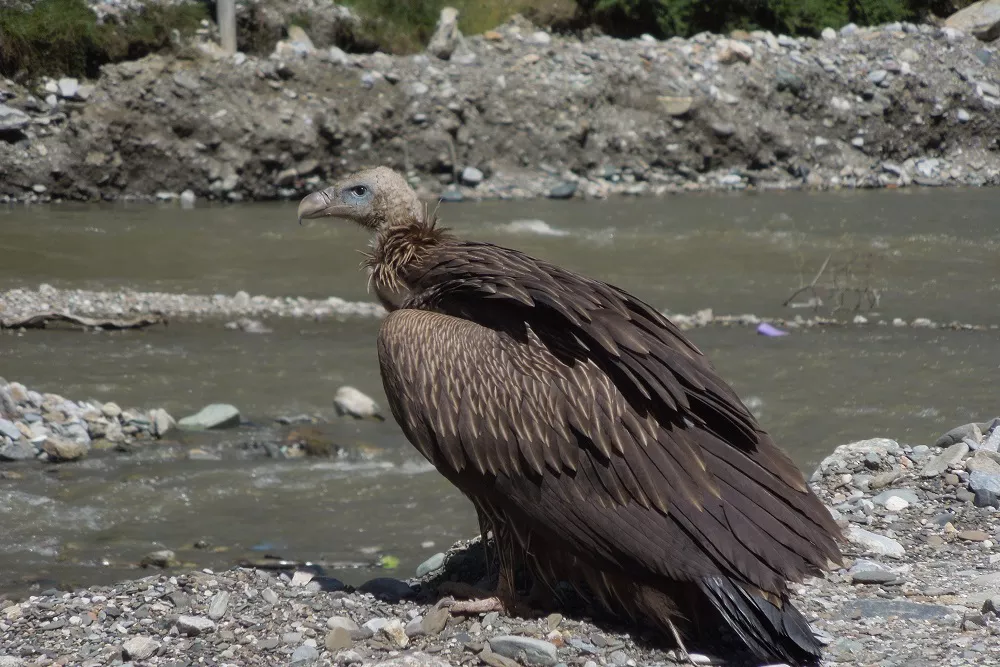Buzzards and vultures are two types of birds that are often confused with each other due to their similar appearance and scavenging habits. However, they belong to different families and have distinct differences. Let’s take a closer look at the differences between buzzards and vultures.
- Physical Characteristics
Buzzards and vultures share a similar body shape, but there are some differences in their physical characteristics. Buzzards are medium-sized birds of prey with broad wings and a fan-shaped tail. They have a wingspan of up to 55 inches and weigh between 1-3 pounds. Their feathers are generally brown, with some variations in color depending on the species.
Vultures, on the other hand, are larger birds with a wingspan of up to 10 feet and weigh between 4-15 pounds. Their feathers are usually black or dark brown, and they have a bald head and neck, which allows them to keep clean while feeding on carrion.
- Habitat
Buzzards are found in a wide range of habitats, including forests, open fields, and even urban areas. They are found in many parts of the world, including Europe, Asia, and North America.
Vultures, on the other hand, are more commonly found in tropical and subtropical regions. They prefer habitats such as savannas, grasslands, and deserts, and are found in Africa, Asia, and the Americas.
- Diet
Both buzzards and vultures are scavengers, feeding on carrion, but they have different approaches to finding their food. Buzzards are active hunters and will also eat small animals, such as rodents, rabbits, and birds. They use their keen eyesight to locate prey and will swoop down to catch it.
Vultures, on the other hand, are not hunters and do not have the ability to catch live prey. Instead, they rely on their sense of smell to locate dead animals, which they then feed on. Their digestive system is highly adapted to digesting carrion, which would be toxic to most other animals.
- Behavior
Buzzards are solitary birds, although they may form pairs during the breeding season. They are diurnal, meaning they are active during the day and rest at night. They are also territorial and will defend their hunting grounds against other birds.
Vultures are social birds and often feed in large groups. They are also diurnal and rest at night. They have a unique behavior of spreading their wings to dry them after feeding, which helps to prevent bacteria and other harmful organisms from growing on their feathers.
In conclusion, while buzzards and vultures share some similarities in appearance and feeding habits, there are several key differences between these two species. Understanding these differences can help birdwatchers and nature enthusiasts identify these birds and appreciate their unique characteristics.


 Facebook
Facebook  Instagram
Instagram  Youtube
Youtube 